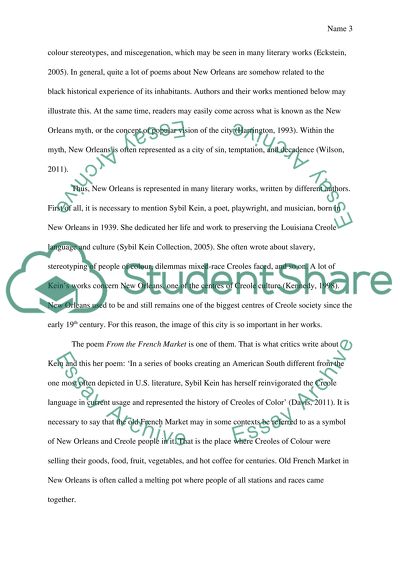Cite this document
(“New Orleans Essay Example | Topics and Well Written Essays - 1750 words - 1”, n.d.)
Retrieved from https://studentshare.org/literature/1695772-new-orleans
Retrieved from https://studentshare.org/literature/1695772-new-orleans
(New Orleans Essay Example | Topics and Well Written Essays - 1750 Words - 1)
https://studentshare.org/literature/1695772-new-orleans.
https://studentshare.org/literature/1695772-new-orleans.
“New Orleans Essay Example | Topics and Well Written Essays - 1750 Words - 1”, n.d. https://studentshare.org/literature/1695772-new-orleans.


